The Paladin is the epitome of a holy warrior in Dungeons & Dragons 5th Edition. As warriors of their gods, they pick Oaths to follow which grant them great strength. There are currently nine playable oaths in the tabletop game—three of which are in Baldur’s Gate 3—and they all take a unique spin on this melee damage-dealing class.
A Paladin’s Oath is selected at level three. The Oath contains a series of Tenets that a Paladin is expected to follow over the course of the game or risk losing their Oath abilities while they repent. A Paladin may choose to break their oath and become an Oathbreaker, typically by performing a ritual after breaking their oath that binds them to darker powers.
A Paladin’s oath comes with spells that are always prepared and a once-per-short rest Channel Divinity charge that can be used in two unique ways. They gain additional abilities at level seven (usually some kind of divine aura), level 15, and level 20.
Table of contents
All Paladin subclasses in 5E
Currently, there are nine playable Paladin subclasses in 5E. The focus of many of these subclasses is increasing the durability and crowd control potential of the Paladin through spells, Channel Divinity options, and generic features.
Our ranking of the subclasses will be based on what additional utility the subclass brings to the Paladin, how useful their extra damage and durability features are, and how long it takes to become useful.
9. Oath of the Watchers
Extraplanar beings have invaded our world too often. It is up to you to stop them. And nobody except them.
- Role: Utility tank
- Notable Features: Aura of the Sentinel, Counterspell
The Oath of the Watchers is taken by Paladins who want to specifically hunt extraplanar beings. This is a big problem since many of your abilities target non-mortals. For instance, Abjure the Extraplanar lets you turn—or frighten creatures so bad that they can’t even attack or act correctly— specifically aberrations, celestials, elementals, fey, or fiends. That’s a fairly widespread of monsters, but that’s all you get.
And sadly, that’s all a lot of the archetype cares about. A big gimmick of the subclass is strengthening Intelligence, Wisdom, and Charisma saving throws. But not every encounter is going to have a mage trying to mess with your party. And its level 20 feature only works against enemies that aren’t originally from this plane, making it useless against undead, humanoids, and other big bosses that originate from the Material.
It does have some draws, however. Aura of the Sentinel, at level seven, adds your proficiency bonus to your initiative and the initiative of nearby allies. Its spell list is fairly good, with Counterspell and Hold Monster being strong options to have on a Paladin.
Overall, it is too specific to make good use of in any campaign other than extraplanar-focused ones. In those campaigns, however, this Oath can easily carry a party.
8. Oath of Devotion
An original oath, the Devotion Paladin is a stellar all-rounder with options for everyone.
- Role: Melee damage, tank
- Notable Features: Sacred Weapon, Dispel Magic
The Oath of Devotion has arguably the strongest Channel Divinity of any oath with Sacred Weapon. This feature gives a minute where you add Charisma to attack rolls, potentially getting a plus-five to attacks for 10 rounds.
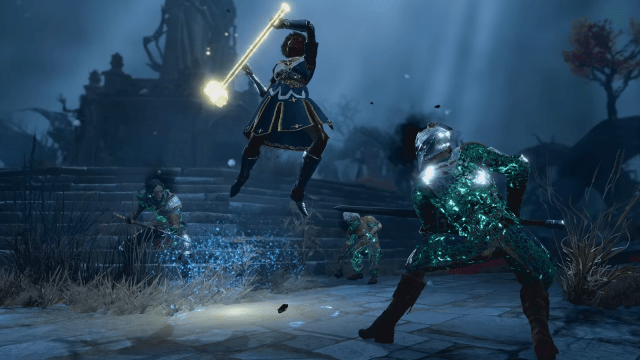
Otherwise, the Oath of Devotion suffers from being slightly too focused on anti-undead. It can spend a Channel Divinity to turn them, gains a Protection from Evil and Good spell permanently, and can ruin a lich’s day with its 20th-level buff feature. Its utility outside of basic Paladin features, however, is immunity to the Charmed condition and some okay spells, like Lesser Restoration, Beacon of Hope, and Guardian of Faith.
A simple Paladin with a lot of anti-undead features. But how it is designed in Baldur’s Gate 3 gives it slightly better early-game utility. The Tabletop version has been left largely in the dust with other, less focused class options that make the Paladin more useful in many different combat types.
7. Oath of the Crown
Similar to the Oath of Conquest, the Oath of the Crown uses a Paladin’s innate ability to control the frontline to their advantage. Instead of focusing on damage, however, they focus on lockdown and healing.
- Role: Control, tank
- Notable Features: Champion Challenge, Turn the Tide, Unyielding Spirit
The Oath of the Crown has two great Channel Divinity options. Champion Challenge is essentially a Compelled Duel that targets any number of nearby creatures. Turn the Tide is a way for Paladins to get a version of Mass Healing Word, a great method to pick up allies who are unconscious or give them a small bulwark before they go down again.
Their spell list is fairly weak but has a few winners. Spirit Guardians, Banishment, and Guardian of Faith are all reasonable. The rest, like Zone of Truth, Circle of Power, and Geas require good planning and situations to apply them in. No matter—You can always turn spell slots into damage with Divine Smite.
Later on, the Paladin learns to redirect damage to themselves, making it easier for Clerics to heal them. They gain resistance to paralysis and stun and can, for an hour at a time, become nearly impossible to kill or mind control.
An archetype plagued by a few situational abilities and a reliance on having a squishy melee character nearby. While not useless, we recommend looking at Conquest or Redemption before you lock in Crown.
6. Oath of the Ancients
By making a bond with the light of nature, the Oath of the Ancients paladin can unlock several abilities to defend the innocent.
- Role: Control, anti-magic tank
- Notable Features: Aura of Warding, Ensnaring Strike, Undying Sentinel
By spending a Channel Divinity, the Ancients Paladin may ensnare a target within 10 feet of themselves, reducing their speed to zero. This is useful in a lot of fights but takes their action. And, considering they can learn the monumentally useful Ensnaring Strike as a spell, the Ancient’s channel feels a bit harder to use. A far cry from the Baldur’s Gate 3 variant, where they can spend a charge to heal party members instead.
Related: Baldur’s Gate 3: Best Paladin build in BG3
For many levels, the Ancients Paladin’s best feature are their strong first, second, and third spells. They get god-tier options like Misty Step and Protection from Energy which many different spellcasters want.

At level seven, however, the Paladin gets an aura that gives resistance to damage against spells. This resistance is exceptionally generic and can protect the Paladin from the worst spells. And, since all targets will also get the Paladin’s Charisma modifier for saving throws—thanks to Aura of Protection—they are likely to halve the damage from the spell again.
Then, at levels 15 and 20, the Paladin’s durability continues to improve by keeping themselves from dying once per day. They can eventually enter a state where they heal every turn and have much better spellcasting.
5. Oath of Conquest
Worshiping gods of war and death can come with many benefits for a Paladin looking to control the flow of combat.
- Role: Control, melee damage
- Notable Features: Conquering Presence, Guided Strike, Aura of Conquest
Perhaps most impactful about the Oath of Conquest is their pair of stellar Channel Divinity options. Conquering Presence is an area of effect frighten ability which, combined with their level seven Aura of Conquest, can lock opponents in place where they’ll have disadvantage to attack. Their Guided Strike option, however, is similarly strong, almost guaranteeing a hit on attack rolls with a +10. Combine that with strong feats like Great Weapon Master and the damage of Smite, they have a sure win ready to go.
Although their spell list is a bit weak, there are some winners. Hold Person, Spiritual Weapon, Fear, Stoneskin, and Dominate Person are all fairly acceptable ways to spend spell slots. For a two-handed Paladin, Spiritual Weapon is especially powerful.
In the endgame, they can reflect damage and become extremely proficient in combat for short bursts of time. Nothing overly powerful. Their great early game more than makes up for it, and makes them a pretty great multiclassing option for Paladin Three builds.
4. Oath of Glory
These Paladins will be written about in the history books. Whether that’s a good or a bad thing is up to the dice.
- Role: Utility tank
- Notable Features: Inspiring Smite, Aura of Alacrity, Haste, Glorious Defense
The Oath of Glory Paladin, initially released in “Tasha’s Cauldron of Everything,” is probably the best all-rounder Paladin a character can ask for. It comes with Inspiring Smite, which provides a wall of temporary hitpoints on Channel Divinity. It gains an aura of movement speed at level seven, which is perfect for itself—a melee damage dealer—and any nearby ally. It can hand out AC with its level 15 feature and use that to make melee attacks as a reaction.
Even its level 20 ability, normally a point of weakness for Paladins, has great consistency tools like guaranteed hits on attack rolls and having the chance to reroll saving throws.
And its third level spells are amazing. A Paladin with Haste is one to be feared, especially when they’re sprinting at their opponent at over 80 feet per move action. And don’t even get us started on the pace that a Tabaxi Glory Paladin can have.
This Paladin’s spell list, great aura, fine Channel Divinity, and even passable endgame abilities are a rarity among Paladin archetypes. Try it sometime, it’s a lot of fun.
3. Oathbreaker
This oath is the one that you broke. Aren’t you a little scoundrel?
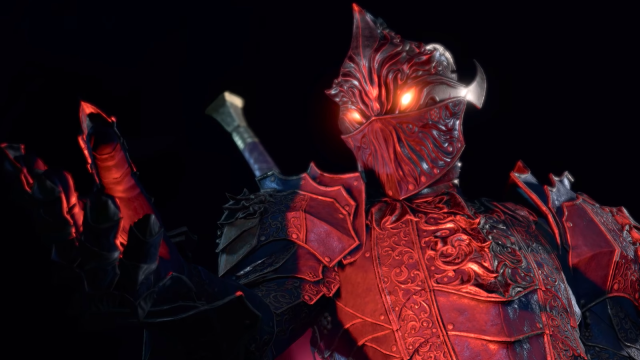
- Role: Control, melee damage, summoner
- Notable Features: Aura of Hate, Dreadful Aspect, Supernatural Resistance
Unlike in Baldur’s Gate 3, the Oathbreaker does not begin with a damage-over-time ability. Instead, you can spend Channel Divinity to attempt to take over the mind of an undead or cause friend and foe to fear you. Be sure to stay away from your allies when you use your Dreadful Aspect.
The spell list is fairly underwhelming, with Crown of Madness, Darkness, Animate Dead, and Dominate Person being the only real faint glints in an otherwise trough of mediocrity. But you’re not here for the spells.
Related: How to multiclass in Baldur’s Gate 3
You’re here for Aura of Hate, a method to add your Charisma modifier to damage rolls for you, fiends, and undead in your aura. Aura of Hate is hugely selfish and one of the few Auras that you don’t want to have a range upgrade at level 18 for, since it can buff the melee damage of enemy fiends and undead. This makes the Oathbreaker a great multiclass oath if you’re willing to get to level seven Paladin in your build. It also lets Oathbreaker abuse that Animate Dead spell to make an army of fairly devastating melee attackers.
As you level, you gain resistance to nonmagical physical damage and gain an aura of edgy gloom once per day. Not exactly the most superb ending to a flavorful class, but certainly a great contender.
2. Oath of Vengeance
Revenge is an almost religious thing at times. And you took that literally.
- Role: Melee damage
- Notable Features: Abjure Enemy, Vow of Enmity, Hunter’s Mark, Haste
The Oath of Vengeance is an extremely dangerous archetype whose entire kit revolves around Vow of Enmity. This vow, taken as a bonus action against a nearby target, gives you advantage on all attack rolls against a particular creature. Mix that with Hunter’s Mark, Hold Monster, and Haste, and you’ve got yourself a Paladin who is good at hunting down their foe and Divine Smiting them into a crater.

As you level up, you can keep up with enemies who you hit with an opportunity attack and get opportunity attacks against your Enmity target if they dare make any attack. Then, at level 20, you can transform into an angel of death for an hour. Revenge might be a dish best served cold, but this archetype brings the heat in a way that few others can.
1. Oath of Redemption
Paladins that follow this path are attempting to use violence as a last resort. This is hilarious because this is one of the most violent archetypes that the Paladin has to offer.
- Role: Control, damage-based tank
- Notable Features: Rebuke the Violent, Emissary of Redemption, Counterspell
The more common of your Channel Divinity options is Rebuke the Violent, allowing you to force an enemy to take damage equal to the damage it just dealt. When used correctly, you can turn a devastating critical hit on an ally to a gigantic chunk of damage to an enemy. Even on a saved Wisdom through, this reaction can deal a huge amount of damage to target melee fighters, spellcasters, and even ranged casters.
Your spell list is a big part of this class’s strength. Sleep isn’t particularly great, but Hold Person, Counterspell, Hypnotic Pattern, Hold Monster, and Wall of Force let you quickly solve problems by asking them to make a saving throw.
You get to tank the damage of allies much easier than Crown can using Aura of the Guardian. And it’s good that you can tank that damage better because, at level 15, you constantly heal during combat while you’re under half-health.
Of Paladin level 20 features, Emissary of Redemption offers perhaps the biggest power spike of all Oaths. You become resistant to all damage and reflect damage back at foes unless you take a hostile action. A really fun endgame feature, this lets you basically duel whoever you want, since other fighters don’t want to hurt you.


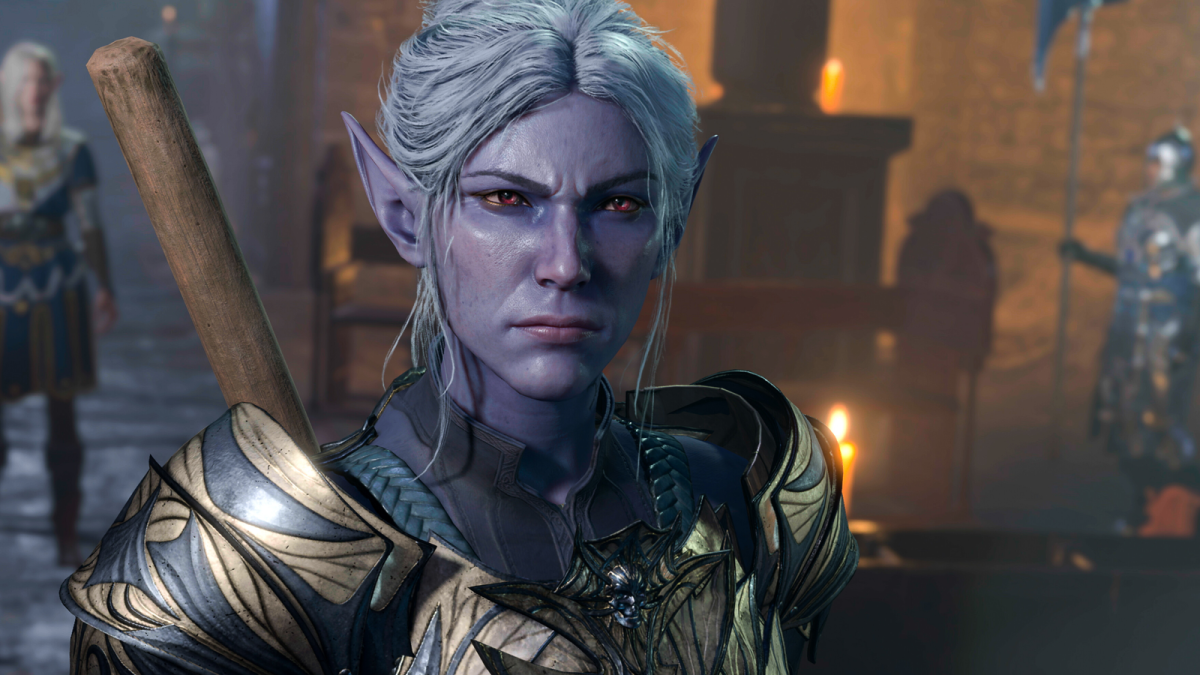

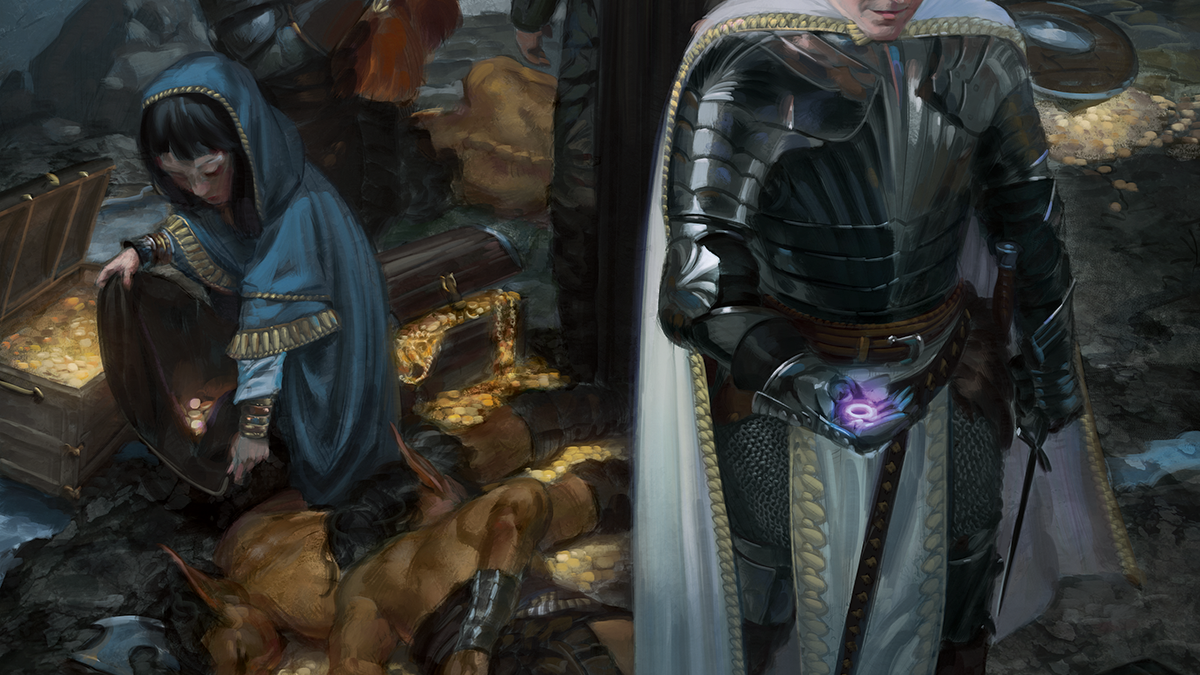
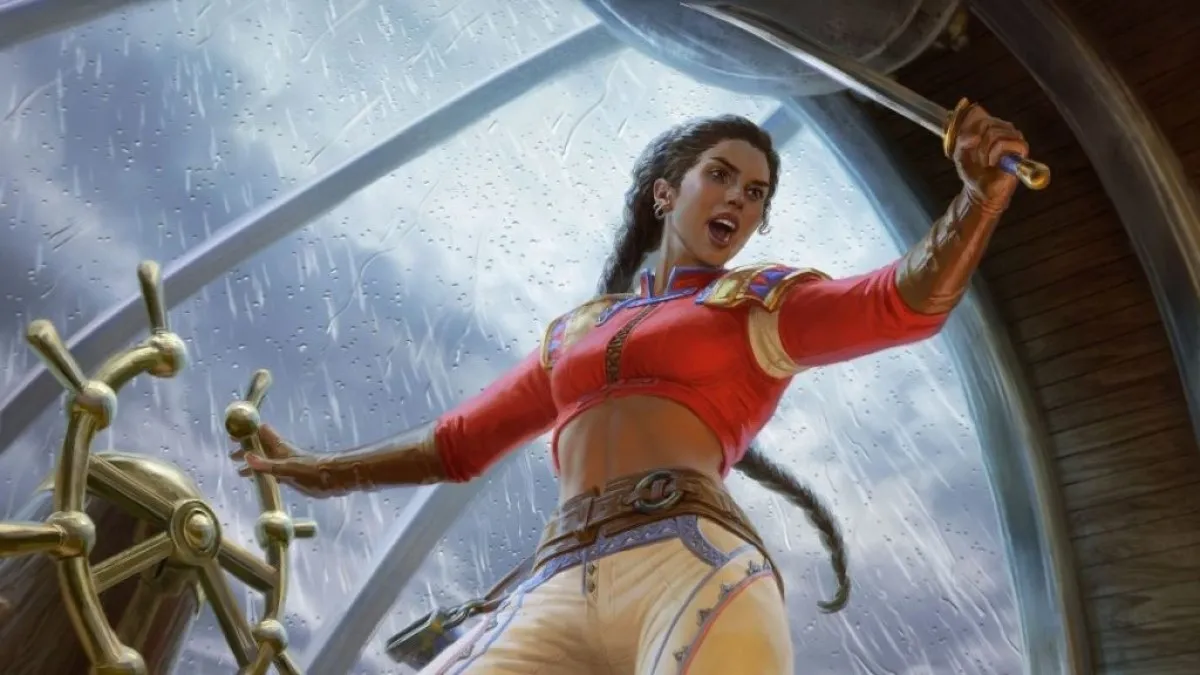
Published: Aug 31, 2023 08:20 am